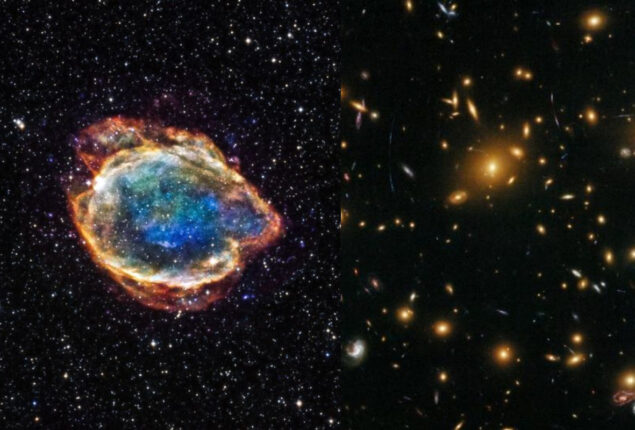Things you didn’t know about Diet Coke that are interesting
Diet Coke enthusiasts enjoy the fizz year-round. As Diet Coke celebrates its...

Astronomers astonished by first hours of exploding supernova
A big star blew up a long time ago in a galaxy far, far away, and astronomers on Earth were able to watch the cosmic drama unfold almost in real-time.
Wenlei Chen, an astrophysics researcher at the University of Minnesota, and his colleagues found the giant supernova earlier this year while looking through the Hubble space telescope’s huge collection of images from 2010.
Three photographs depict the explosion’s progression. The first image’s light left a little under six hours after the supernova exploded, the second two days later, and the third six days after that.
Over the course of a week, the supernova went from being nearly 100,000 °C to less than 10,000 °C, according to the researchers.
Based on other information about the light coming from the explosion, scientists were able to figure out that the star was about 530 times bigger than our sun. This means that it was a red supergiant.
“Core-collapse supernovae mark the death of massive stars, which are short-lived because they burn up quickly compared to stars with less mass,” Chen told New Scientist.
“Thus, the rate of core-collapse supernovae should track the formation rate of massive stars.”
By analyzing supernovas like this one, we may learn how early stars evolved.
On November 7, Nature published the researchers’ findings.
They say that the picture of the faraway star got bigger because of gravitational lensing, which turned the space between us into a huge telescope.
In this case, Abell 370, a galaxy in the constellation Cetus about 5 billion light-years from Earth, made the lens. Abell 370 is part of a group of galaxies that is not too far away.
Catch all the Sci-Tech News, Trending News, Breaking News Event and Latest News Updates on The BOL News
Download The BOL News App to get the Daily News Update & Follow us on Google News.